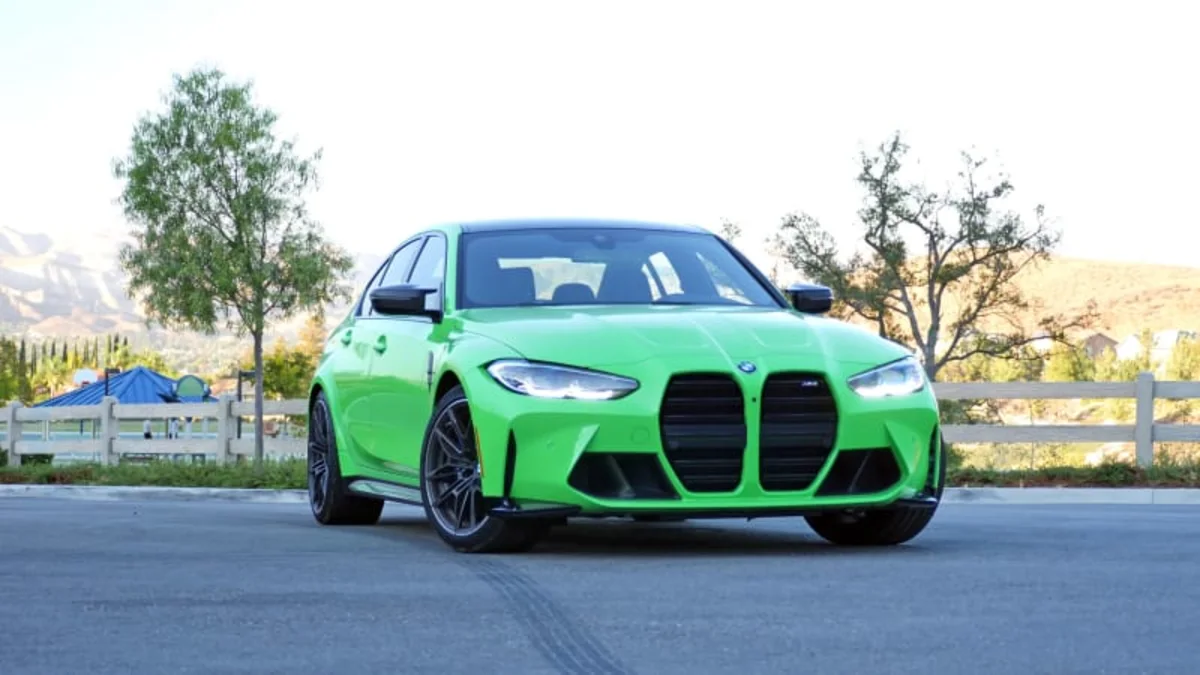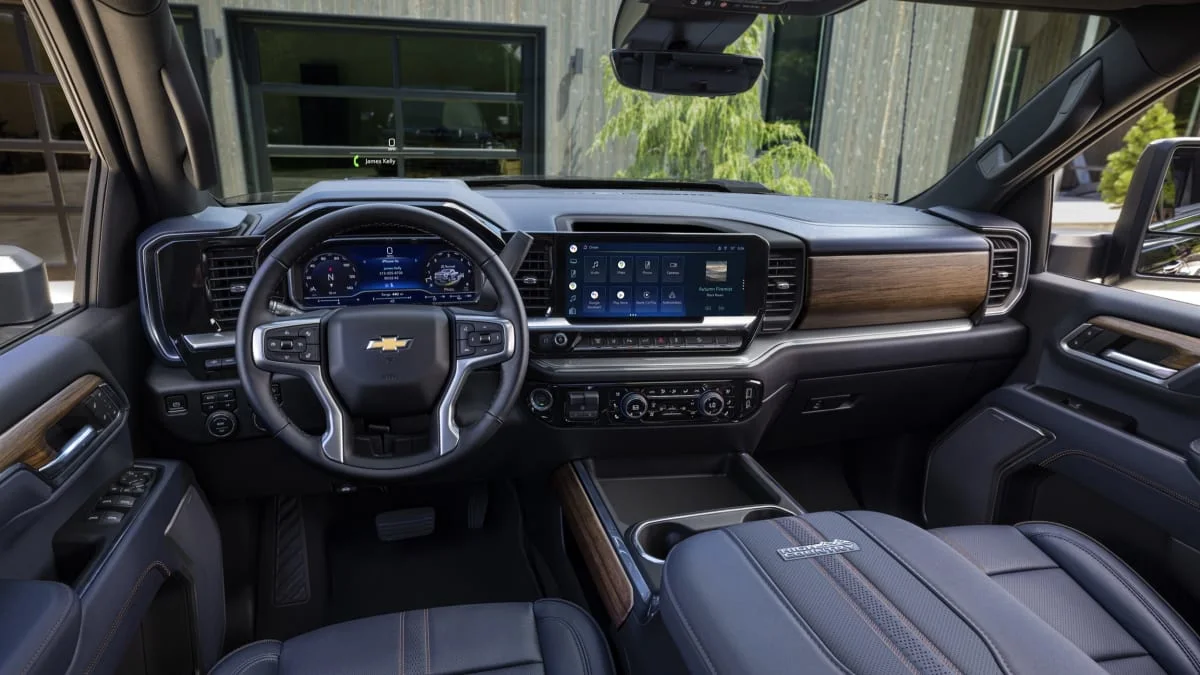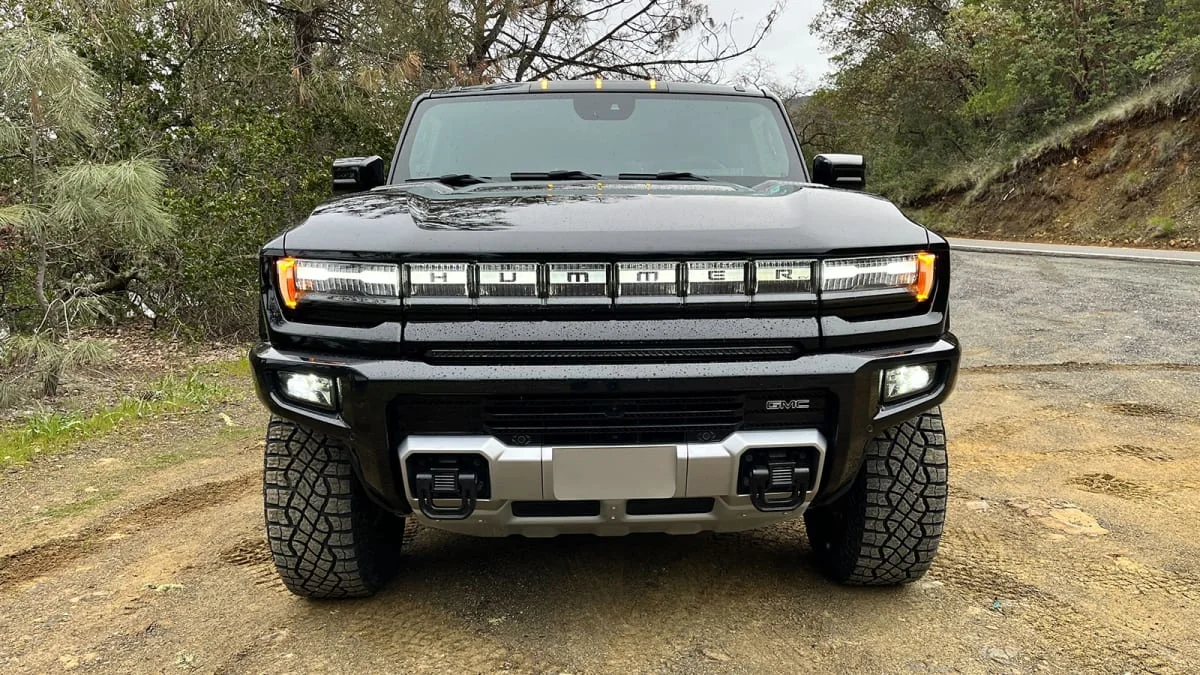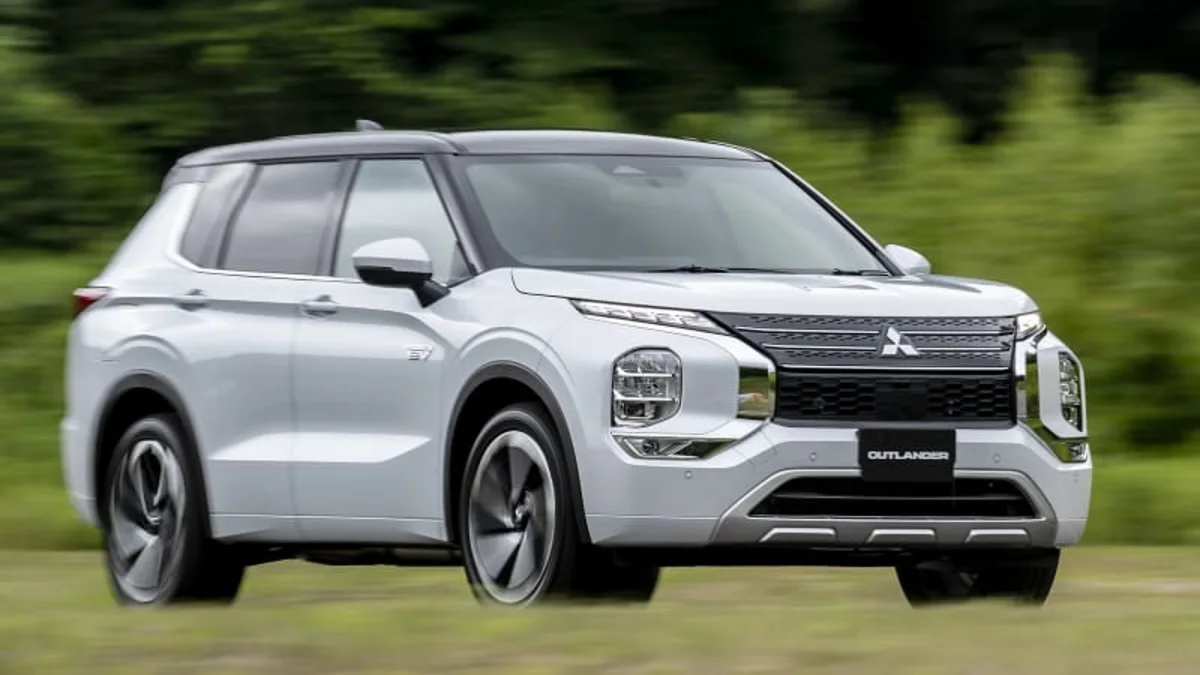I was oscillating between two possible topics for my opinion column this week. First, my thought that rugged, off-roady SUVs and trucks have replaced sporty cars as a means of flaunting one’s wealth, machismo and/or fashion sense … and why it means our choices as driving enthusiasts are waning. But then I started yelling at a cloud and got distracted. Second, a detailed thesis on why car horns should go back to the ah-oooo-gah noise and how it’s a travesty that it went away as an industry standard. But then I realized everyone would be on board with that and I’d be singing to the choir.
So instead, I started thinking about any hot takes I might have about the various car brands. Turns out I could come up with quite a few. So here you go, one thing every carmaker does really well. Some may not be entirely serious … or actually positive. Feel free to add some of your own entries in the comments below.
Acura – Going for it. The sensible thing probably would’ve been to make dull cars for sensible-minded luxury shoppers who couldn’t possibly care about the handling benefits of SH-AWD and whatever results from the brand’s focus on “Precision Crafted Performance.” Instead, we get a new generation of Type S models, a reborn Integra and a clear intention to make interesting cars.
Alfa Romeo – Being fully committed to making cars for people who like to drive. Good for them. Even the non-sporty Lusso trim level I recently tested on the Giulia was still incredibly responsive and fun to drive. Ditto the Tonale plug-in hybrid.
Audi – Sound systems. Maybe this is more a shout out to Mr Harman and Mr Kardon, but the sound systems of the last two Audis I’ve driven, the S4 and Q8 E-Tron, left such an indelible impression (as did the one in my old Allroad), it’s hard not to shine the spotlight on them.

BMW – Grilles. My god, man, they’re magnificent. Whether they’re enormous, have a bunch of unidentifiable black plastic stuff inside or resemble a Pontiac, they’re all just pure genius. Round of applause.
Bugatti – I’ve never driven one. I imagine it’s the cupholders.
Buick – Making cars people buy but no one wants to read about.
Cadillac – Moving on from great names of its past. Why would you want something called Eldorado when you can have an XT5 or a Hypnotiq? Wait, that’s a blue liqueur for college girls in 2004. Lyriq. That’s it. Lyriq.

Chevrolet – Pickup truck interiors. This would’ve been the same entry two years ago, but sarcastic.
Chrysler – Being confident enough in your brand to sell only one vehicle next year, a van.
Dodge – Colors! You can get a Challenger in light blue, electric blue, Joker purple, candy apple red, bright red, traffic cone orange, bronzey brown, forest green and electric lime green. Even the new Hornet offers more than just eight shades of grayscale. Bravo. Also V8s.

Ferrari – Screaming V12 engines. Same as it ever was.
Ford – Going boldly into the future. You don’t get the impression there’s actually a plan that’s coherent and entirely thought-out, but Ford is clearly not afraid to put resources behind what could be next.
Genesis – Interiors. Genesis designers manage to minimize visual clutter and create compelling organic designs without losing the Hyundai Group’s exceptional functionality. Hooray for distinctive color combinations, too
GMC – Making an EV that’s offensive to environmentalists.

Honda – Air vent grilles. My god, man they’re magnificent. This time I’m serious. Round of applause.
Hyundai – Driver assistance tech. True, all of Hyundai’s gadgets and gizmos designed to keep you safe and your drive a little less stressful are also available on Kia and Genesis vehicles, but I could only pick one of them to award this to. So here, way to go with the ADAS, Hyundai!
Infiniti – Putting Erin Andrews in its commercials? Are they still doing that? No? I’ve got nothing. This seems like a brand that doesn’t knows what it is or should be.
Jaguar – Oh boy. This is sad. It used to be “unique design” and “cars that were proudly different from the Germans,” but then it adopted the Russian nesting doll school of automotive design for each of its models and that difference was lost. And the interiors got worse. And the EV lead it enjoyed with the I-Pace was squandered.
Jeep – Knowing exactly what its customers want and leaning hard into it.

Kia – Compelling design regardless of price tag, including not keeping colorful interior options exclusive to upper trim levels.
Lamborghini – Making cars that are really pointy.
Land Rover – Wait, do I need to create separate entries for Defender, Discovery and Range Rover? Whatever, I’ll just put “confusing people” here and move on.
Lexus – The new GX design. People really dig it, which in recent post-Spindle Grille memory, is only the second time after the LC that people have heaped praise upon a new Lexus design. (Though honestly, I’ve been more keen on their cars and SUVs than most others).

Lincoln – Black Label interior color and material design that make the various Lincoln SUVs stand out from the crowd. Trouble is, they are only available on the priciest models. I wonder if sales might improve if there was some trickle down? Or maybe people just want black and gray, and will buy a Cadillac regardless.
Lucid – Engineering. As detailed in my deep dive into the Lucid Air, the company’s motor unit is an impressive feat that allows for incredible performance, range and vehicle packaging possibilities.
Maserati – Great lease deals in the Greater Los Angeles area.
Mazda – Sweating the details when it comes to driving experience. Control responses, weighting, feel and placement have a much greater emphasis placed upon them than other brands, which results in cars that just feel better to drive even if you don’t normally notice the difference in the way cars drive. Every time I’ve suggested non-enthusiast friends try out a Mazda, they’ve noticed this … and then bought the Mazda.


Mercedes – Interior lighting. Mercedes designers, or maybe just focus groups, are clearly just gaga for vibrant, multi-color light shows. Ambient lighting is pretty common, but Mercedes takes it to a whole different level.
Mini – Pandering to Anglophiles. The Union Jack taillights are a bit much, and this is coming from a bit of an Anglophile myself.
Mitsubishi – The Outlander. It’s surprisingly good … mostly because it’s a slightly enlarged, rebodied Nissan Rogue, but it deserves more attention than it gets. Available as a plug-in hybrid, too, unlike the Rogue.
Nissan – Bouncing back after roughly a generation of boring, phone-it-in cars that sullied the brand in the eyes of many … and has made it hard to be noticed again by those eyes despite making much better cars (especially Sentra, Altima, Rogue, Pathfinder)


Polestar – Hiring someone who only sees in grayscale to be in charge of choosing colors for its cars. Inclusion is important.
Porsche – Confusing the hell out of me – whether it’s trying to understand complex new engineering advancements or finding myself in a conversation with Porschephiles who seem to be talking in area codes. “I don’t know if the 944 was as good as the 928 or 968, but if they’re as different as the 991.2 and 992 911s were, maybe it was.” And I’ve gone cross-eyed.
Ram – Coil-spring rear suspension. Two generations in, Ram trucks continue to offer the best ride in the segment plus superior handling and trailer control.
Rivian – Delivering exactly the right type of vehicle for the moment (off-road-ready SUV) with exactly the right type of powertrain for the moment and the future (EV). If only they could make more of them fast enough.
Subaru – Knowing what its brand is and why people keep coming back to them. It makes for authentic cars with a coherent purpose.

Tesla – The Supercharger Network. It has always been Tesla’s ace in the hole … we’ll see what happens when other carmakers can take advantage of it.
Toyota – Hybrids. Toyota offers a ton of them and they collectively lower the amount of CO2 that otherwise would’ve been pumped out by gas-only engines. Now, are they the best hybrids? Maybe not in terms of refinement and drivability, and the Sequoia and Tundra don’t really seem to benefit from their hybrid powertrains in terms of real-world fuel economy, but in most cases, they are definitely the versions to get when shopping for a RAV4, Camry, Corolla Cross, etc.
Volkswagen – Hiring accountants who have never been in a car before to design the interior controls and infotainment system. Such a bold and unique choice.
Volvo – Timeless design. The XC90 is eight years old and still looks minty fresh. The rest of the lineup should be able to soldier on in a similar manner. Not only did designer Thomas Ingenlath nail it from the beginning, his successors have been smart enough to not futz too much with a good thing.
